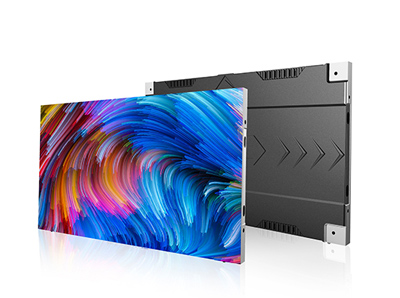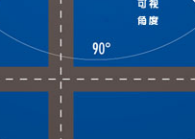Publisher: Supplier of LED Display Time: 2023-07-26 17:43 Views: 890
On July 21, the State Administration of Radio and Television announced the previously issued "4K Ultra HD TV Technology Application Implementation Guide (2023 Edition)". standard.
According to the statement, in recent years, with the further development of ultra-high-definition television technologies such as high dynamic range and three-dimensional sound, the ultra-high-definition industry has continued to improve and upgrade, and the technical standard system has been continuously improved. , 3D sound and video codec and other ultra-high-definition TV technology industry standards, which further complement the key technical shortcomings in my country's ultra-high-definition field.
In order to accelerate the timely application of new technologies and standards in my country's ultra-high-definition television field to broadcast television and network audio-visual industries, further guide and promote the development of ultra-high-definition television technology, and better meet the new needs and expectations of the people for a better life, in "4K On the basis of "Guidelines for the Implementation of UHD TV Technology Application (2018 Edition)", the relevant technical implementation requirements are updated to form this implementation guideline.

This implementation guide is applicable to 4K ultra-high-definition TV program production, broadcasting, encoding, and transmission systems with 3840×2160 resolution, 50 frames per second frame rate, 10-bit quantization precision, BT.2020 color gamut, and high dynamic range (HDR) adaptation to the terminal.
According to the implementation guidelines, the 4K UHD TV system includes program production and broadcast, source coding, network transmission, receiving decoding, image display/sound playback and other parts.
In terms of 4K UHD TV network transmission:
1) Adopt AVS2 standard transmission
If the 4K ultra-high-definition video encoding adopts the AVS2 standard, the following network transmission methods can be used:
Satellite distribution network transmission can adopt QPSK modulation mode, transmit 1 channel of 4K ultra-high-definition TV through 36MHz transponder; can adopt 8PSK modulation mode, transmit 1 channel of 4K ultra-high-definition TV through 18MHz transmission bandwidth;
Satellite live TV can adopt QPSK modulation method, and transmit 1 channel of 4K ultra-high-definition TV through a 36MHz transponder;
The cable TV network transmission can adopt DVB-C 64QAM or 256QAM modulation mode, and at least one channel of 4K ultra-high-definition TV transmission bandwidth can be satisfied within one frequency point of 8MHz;
IPTV network transmission uses a dedicated video network channel to transmit 4K ultra-high-definition TV program streams, and the compression bit rate of one channel of video should not be lower than 36Mbps;
Internet TV transmits 4K ultra-high-definition TV program streams through the public Internet, and the video quality should be in compliance with ITU-R BT.1122-3.
2) AVS3 standard transmission is adopted
If the 4K ultra-high-definition video encoding adopts the AVS3 standard, the following network transmission methods can be used:
The satellite distribution network transmission can adopt the QPSK modulation method, and transmit 2 channels of 4K ultra-high-definition TV through a 36MHz transponder;
8P SK modulation can be used to transmit 2 channels of 4K ultra-high-definition TV through 18MHz transmission bandwidth;
Satellite live TV can adopt QPSK modulation method to transmit 2 channels of 4K ultra-high-definition TV through a 36MHz transponder;
Cable TV network transmission can adopt DVB-C 64 QAM or 256QAM modulation mode, which can at least meet the transmission bandwidth of 2 channels of 4K ultra-high-definition TV within 8MHz of a frequency point;
IPTV network transmission uses a dedicated video network channel to transmit 4K ultra-high-definition TV program streams. The video quality should comply with ITU-R BT.1122-3, and the compression bit rate of 1-channel video should not be lower than 18Mbps;
Internet TV transmits 4K ultra-high-definition TV program streams through the public Internet, and the video quality should be in compliance with ITU-R BT.1122-3.



